Blog

Why did Sauropods grow so big?
Published on March 4th, 2024 | by Guest Blogger
Harrie explores some of the factors enabling sauropod gigantism... Read More →

The Cretaceous period is a division of earth’s history spanning from around 145 to 66 million years ago, and during which enormous deposits of Chalk were formed across Europe. The Cretaceous was a warm period with temperatures on average 4°C above present. Sea levels gradually rose through the Cretaceous; attaining a maximum of around 200 meters above the present level, and resulting in the formation of shallow seas as large areas of the continents became flooded. During the Cretaceous the supercontinents of Laurasia and Gondwana continued to break up; opening the Indian and Atlantic Oceans. In the oceans, teleosts, a major group of bony fish, began to flourish along with modern sharks and rays. Diatoms, a group of planktonic algae, also began to diversify. On land the first true mammals and birds evolved while dinosaurs remained dominant. A major floral revolution took place during the Cretaceous with the emergence and gradual diversification of flowering plants. The end of the Cretaceous is marked by one of the most catastrophic extinctions in earth’s history. Dinosaurs, pterosaurs, ammonites, belemnites, rudist bivalves and many groups of marine reptiles were among those wiped out. An Iridium rich layer found globally at the Cretaceous/Paleogene boundary, along with a vast impact crater in Mexico, lead many to believe that a meteor was responsible for the end Cretaceous extinction. However, massive volcanism in India, contemporaneous with the extinction, may also have been a contributing factor.

Published on March 4th, 2024 | by Guest Blogger
Harrie explores some of the factors enabling sauropod gigantism... Read More →
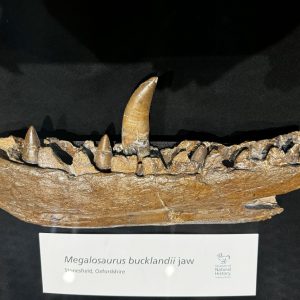
Published on February 7th, 2024 | by Emily Keeble
We're in London to celebrate 200 years of dinosaur research... Read More →
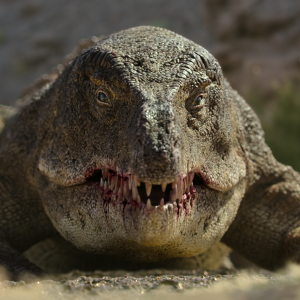
Published on October 25th, 2023 | by David Marshall
We're granted exclusive access to this new Netflix documentary... Read More →

Published on October 8th, 2023 | by David Marshall
We're joined by "neckspert" Dr Ryan Marek to explore the evolutionary significance of bird necks... Read More →
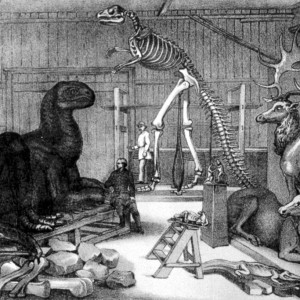
Published on December 15th, 2022 | by Guest Blogger
We explore the origins of dinomania and the historical relationship between the science and art of palaeontology... Read More →
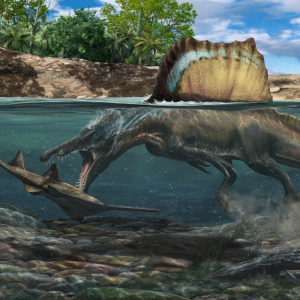
Published on June 20th, 2022 | by Liz Martin-Silverstone
Dr Matteo Fabbri helps us answer vital questions about spinosaurid ecology... Read More →
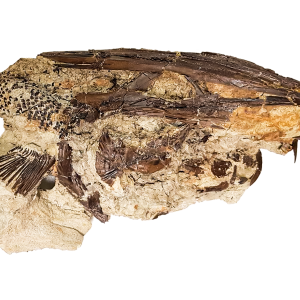
Published on February 25th, 2022 | by David Marshall
We look at the timing of the K-Pg mass extinction with Melanie During... Read More →
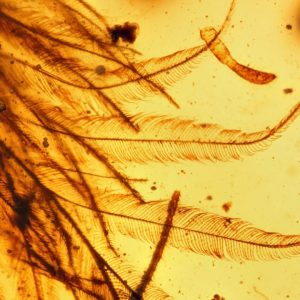
Published on February 3rd, 2022 | by David Marshall
We question whether the purchase, ownership or study of Burmese amber can be considered ethical... Read More →

Published on January 2nd, 2022 | by David Marshall
We learn to draw and paint dinosaurs with Dr Emily Willoughby... Read More →
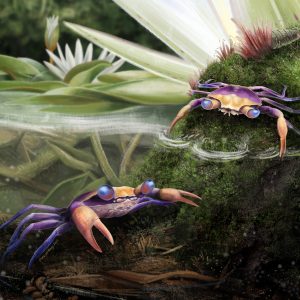
Published on December 2nd, 2021 | by David Marshall
We begin a mini series on Burmese amber with a look at a remarkable specimen... Read More →